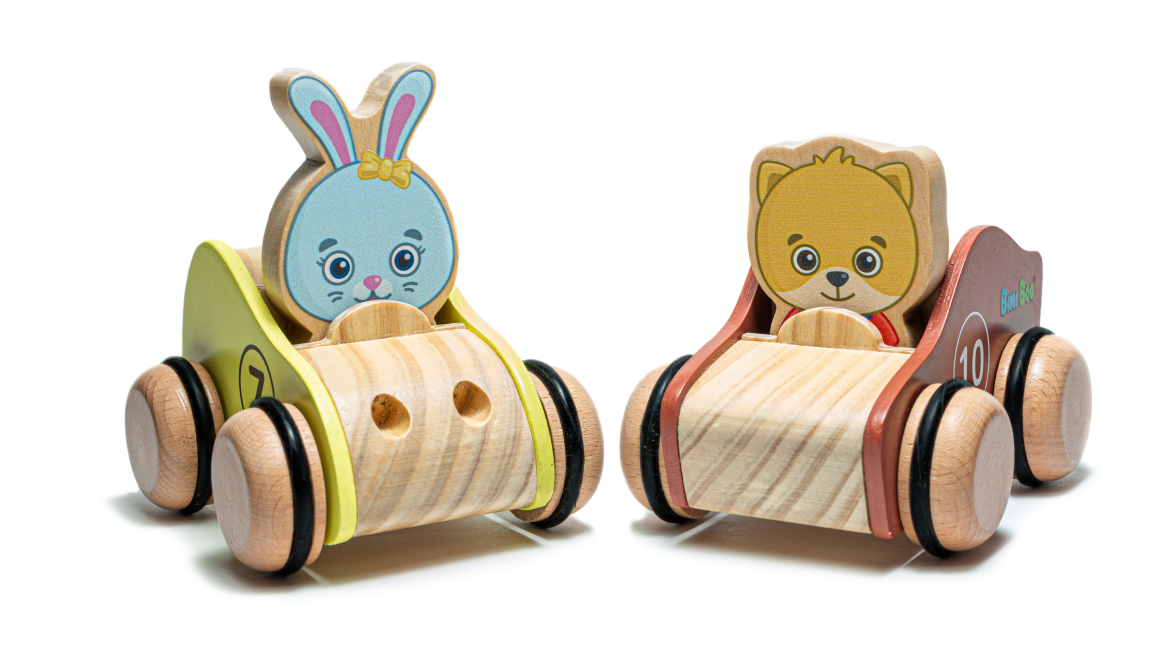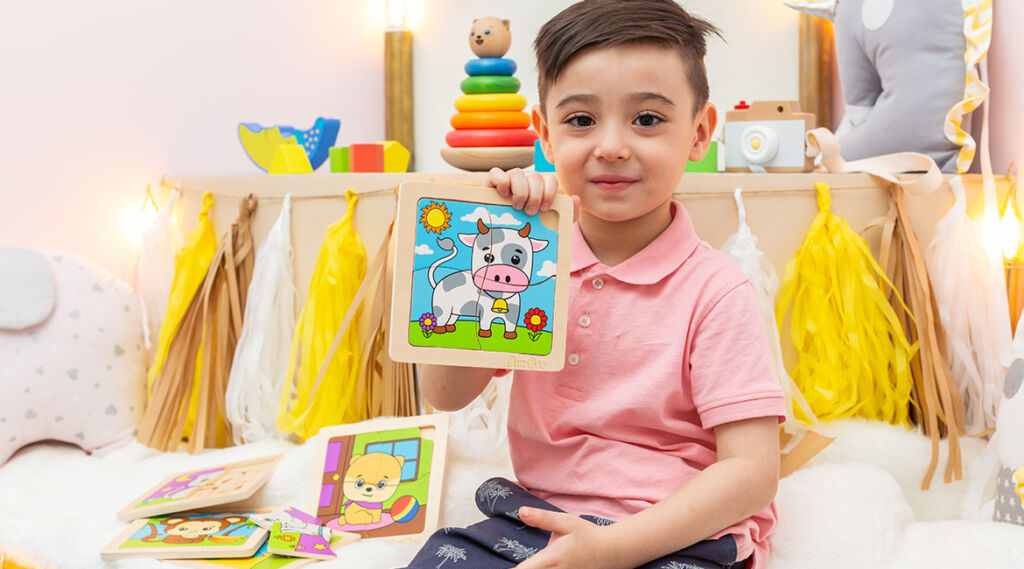In a world where electronic gadgets and plastic playthings seem to dominate the landscape of children’s entertainment, there’s an enduring charm in the simplicity and elegance of wooden toys. These cherished creations have withstood the test of time, captivating the imaginations of countless generations. From wooden vehicles toys to traditional wooden dolls houses, these timeless wonders continue to evoke a sense of nostalgia while providing an enriching play experience for today’s children.
Wooden Vehicles Toys: A Journey Through Time
The story of wooden toys dates back to ancient civilizations, where resourceful artisans harnessed the versatility of wood to craft objects that both entertained and educated. The concept of wooden vehicles toys emerged in tandem with the evolution of transportation. Miniature wooden chariots in ancient Egypt and intricately carved wooden carts in medieval Europe demonstrated a profound connection between play and real-world exploration.
Centuries later, during the Industrial Revolution, wooden vehicles toys experienced a resurgence as manufacturing techniques improved. These toys evolved from being mere novelties to symbols of craftsmanship, often adorned with intricate details and hand-painted designs. The tactile experience of holding a wooden toy car or train evoked a sense of connection to the past, reminding children and adults alike of the beauty found in simplicity.
The Versatility of Wooden Child’s Toy
Wooden toys have long been celebrated for their adaptability, nurturing a child’s creativity and cognitive development. Wooden activities like building blocks and puzzles promote problem-solving skills and spatial awareness. These tactile engagements encourage imaginative thinking, allowing young minds to construct their own narratives and worlds.
Moreover, the durability of wooden toys ensures they remain steadfast companions throughout a child’s growth journey. The tactile quality of wood, its natural warmth, and its earthy aroma provide sensory experiences that foster a deeper connection between the child and their playthings. These characteristics contribute to the emotional attachment children form with their wooden toys, creating cherished memories that last a lifetime.
The Enchanting Realm of Traditional Wooden Dolls Houses
Stepping into the enchanting world of traditional wooden dolls houses is like entering a miniature universe of imagination. These exquisite creations offer a glimpse into history, capturing the essence of bygone eras through meticulously designed interiors and intricately carved details. Wooden dolls houses have transcended time, allowing each generation to create its own stories within their walls.
The Continuing Saga: Wooden Toys History
The history of wooden toys speaks volumes about human ingenuity, creativity, and the enduring nature of play. These toys have seamlessly woven themselves into the fabric of cultures worldwide, embodying the essence of childhood. As technology advances and the world of play evolves, wooden toys remain a steadfast reminder of the beauty found in simplicity and the power of imagination.
In a world characterized by constant change, the allure of wooden toys endures. From wooden vehicles toys that whisk us away to fantastical lands to the humble charm of wooden blocks that build the foundation for a child’s future, these treasures from the past continue to shape the play experiences of generations present and future.




